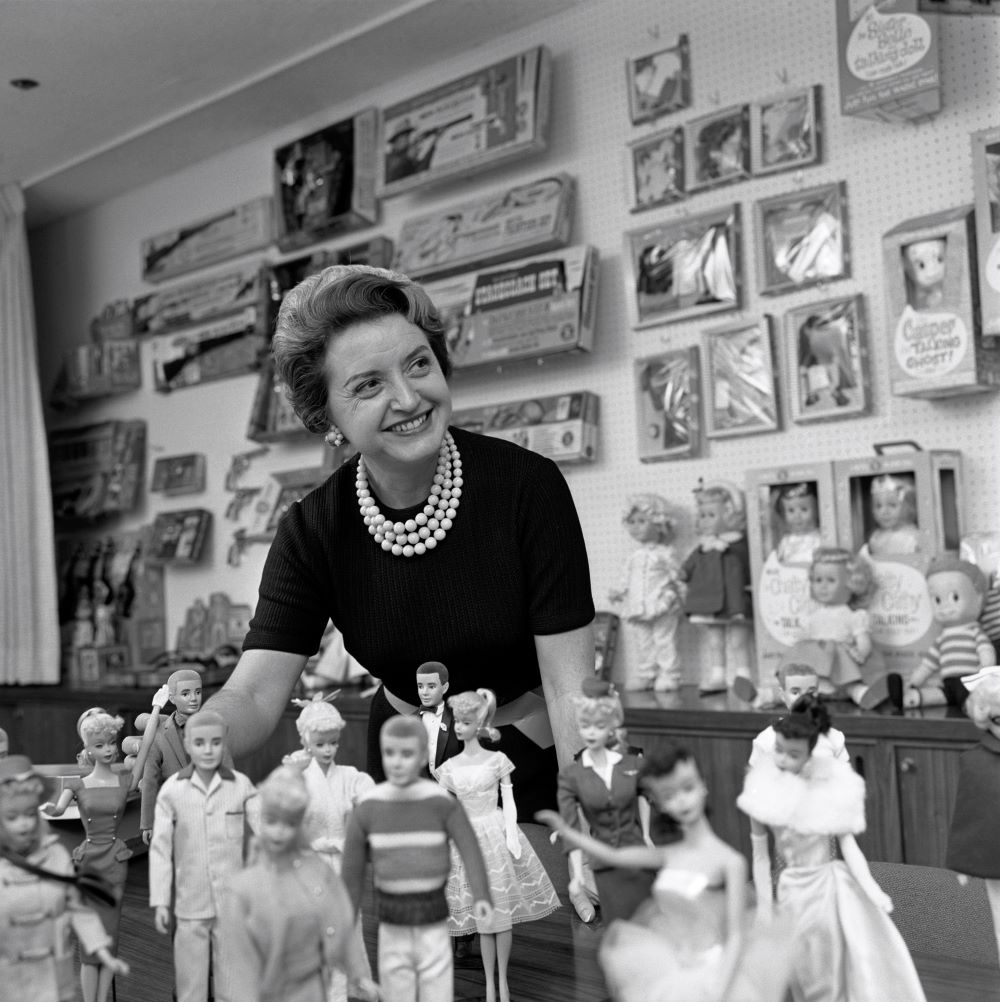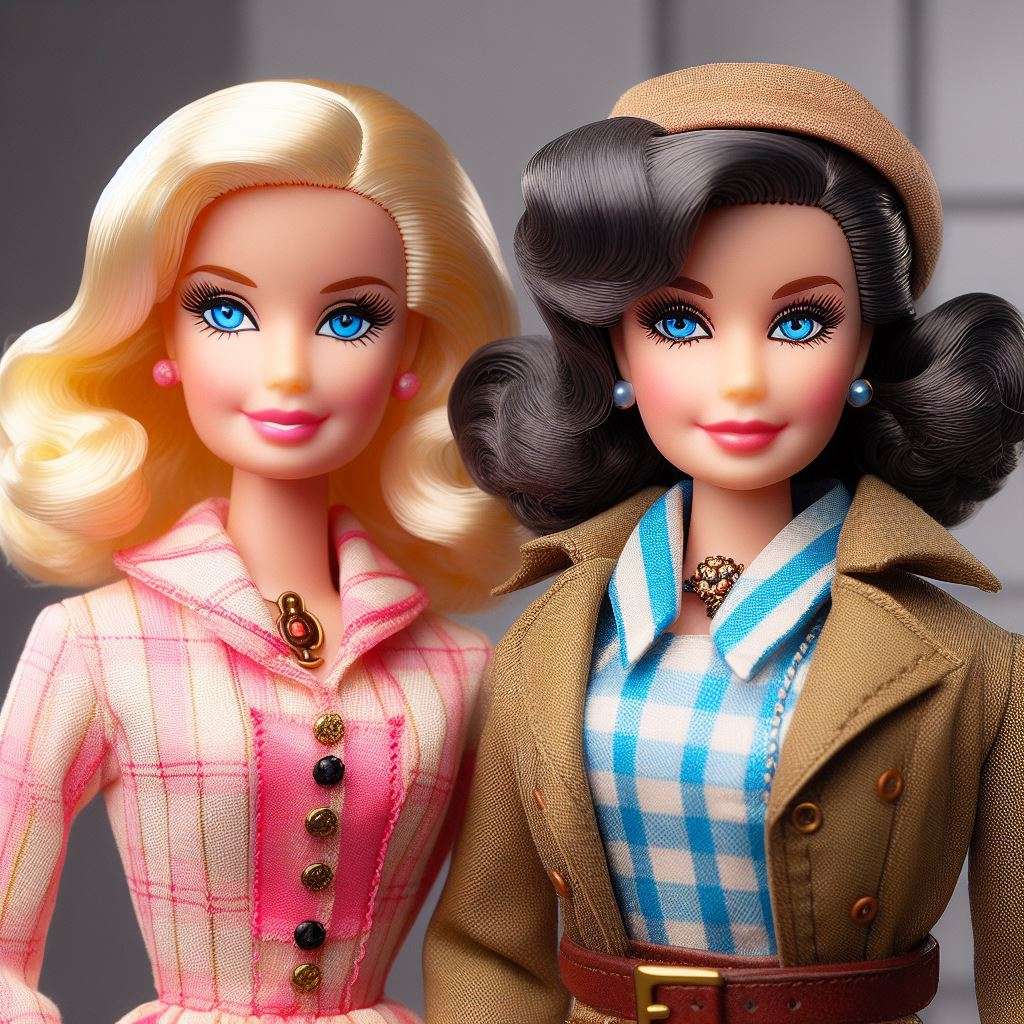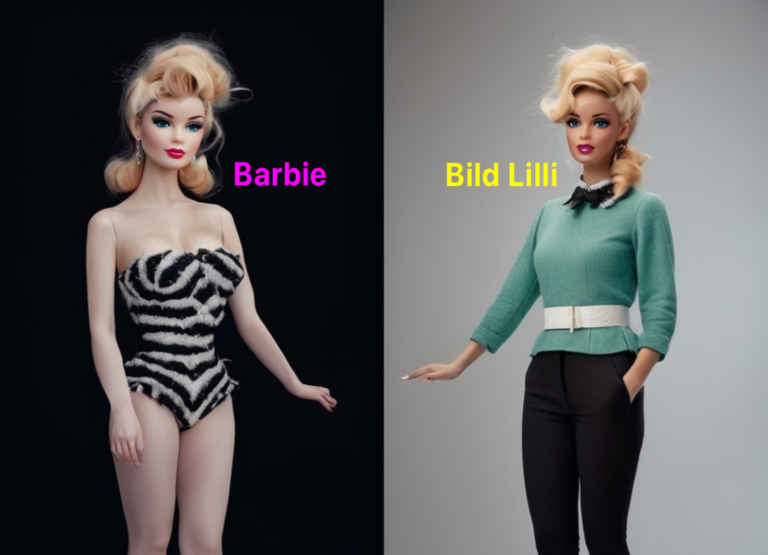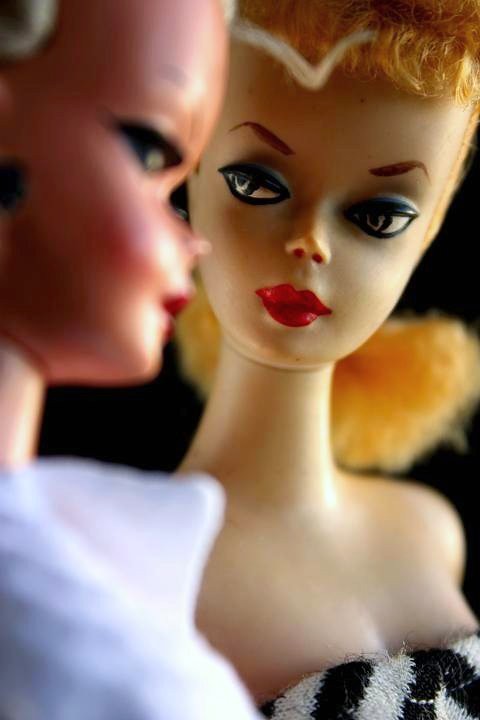Barbie, the iconic fashion doll that has captured the hearts of millions around the world, has a rich and diverse history.
Born in the 1950s, Barbie has evolved from a simple toy to a cultural phenomenon, reflecting changing societal norms and fashion trends.
In this article, we will delve into the history of Barbie, exploring the German comic character that inspired her creation and tracing her journey from inception to global success.
Table of Contents
The Inspiration: Bild Lilli, the German Comic Character:
The story of Barbie begins with the German comic character Bild Lilli. Created by Reinhard Beuthien, Bild Lilli first appeared in the popular German tabloid Bild-Zeitung in 1952.
Lilli was a bold, independent, and fashion-forward character who navigated through various humorous and adventurous situations.
With her curvaceous figure and distinctive fashion sense, Lilli quickly became a cultural icon in Germany.
Ruth Handler’s Vision:
In the early 1950s, Ruth Handler, an American businesswoman, and co-founder of the toy company Mattel, discovered Bild Lilli during a trip to Europe.
Ruth was struck by the doll’s sophistication and recognized the potential for a similar doll in the American market.
She saw an opportunity to create a three-dimensional, adult-like fashion doll that could serve as a role model for young girls.

In 1956, Ruth Handler purchased three Bild Lilli dolls during her trip to Switzerland.
She brought them back to the United States, where she and her team at Mattel began working on a prototype for what would later become Barbie.
The Birth of Barbie:
On March 9, 1959, Barbie made her debut at the American International Toy Fair in New York City.
The doll was named after Ruth Handler’s daughter, Barbara, and was marketed as a teenage fashion model.
With her blonde hair, blue eyes, and stylish outfits, Barbie represented a departure from the traditional baby dolls prevalent in the market at the time.
Barbie’s initial success was met with some controversy. Critics argued that the doll’s mature appearance and focus on fashion reinforced stereotypes and unrealistic beauty standards.
Despite the controversy, Barbie became an instant hit, and her popularity soared throughout the 1960s.
Evolution and Adaptation:
Over the decades, Barbie has undergone numerous transformations to adapt to changing cultural norms and diversity.
In the 1960s, Barbie’s friend Midge was introduced, and in the 1980s, Mattel introduced a black version of Barbie to promote diversity.
In recent years, efforts have been made to make Barbie more inclusive, with dolls featuring a variety of body types, skin tones, and hairstyles.
Barbie’s Impact on Culture:
Beyond being a popular toy, Barbie has left an indelible mark on popular culture. She has inspired movies, cartoons, and a plethora of merchandise.
Barbie’s influence extends beyond the toy aisle, shaping perceptions of beauty and fashion for generations of children.

The history of Barbie is a fascinating journey that traces its roots back to the German comic character Bild Lilli.
Ruth Handler’s vision and determination to create a three-dimensional, fashion-forward doll revolutionized the toy industry and left an enduring impact on popular culture.
Despite the controversies and challenges, Barbie remains an iconic figure, reflecting the ever-changing landscape of societal values and expectations.
Discover 10 Fascinating Facts About Barbie Dolls: From Debut to Limited Editions
- First Barbie Appearance: Barbie made her debut at the American International Toy Fair in New York on March 9, 1959. She was introduced by the American toy company Mattel and created by Ruth Handler.
- Inspiration Behind Barbie’s Creation: Ruth Handler, the creator of Barbie, was inspired to create the doll after observing her daughter Barbara play with paper dolls and imagining adult roles.
- Named After Ruth Handler’s Daughter: Barbie is named after Ruth Handler’s daughter, Barbara. The full name of the doll is Barbara Millicent Roberts.
- First Barbie Doll Cost: The first Barbie doll was priced at $3, which was a relatively high price for a toy at that time.
- Ken, Barbie’s Boyfriend: The male counterpart to Barbie, Ken, was introduced in 1961. He is named after Ruth Handler’s son, Kenneth.
- Barbie’s Diverse Careers: Over the years, Barbie has taken on a wide range of careers to reflect changing societal expectations. She has been an astronaut, doctor, pilot, chef, and even a presidential candidate.
- Barbie’s Nationality: Barbie is often associated with being American, but she has been given various ethnicities and nationalities over the years to promote diversity. There are Barbies representing different cultures and backgrounds.
- Barbie’s Pink Color Scheme: The iconic pink color associated with Barbie is not just a random choice. It was selected to appeal to young girls, as it was believed to be a universally appealing color for them.
- Barbie’s Full Name: Barbie has a full name and a fictional biography. According to Mattel, Barbie’s full name is Barbara Millicent Roberts, and she hails from the fictional town of Willows in Wisconsin.
- Limited-Edition Barbies: Mattel has released numerous limited-edition Barbies over the years, including those designed by famous fashion designers, inspired by celebrities, and tied to specific events or anniversaries. Some of these limited-edition Barbies have become valuable collector’s items.




0 Comments